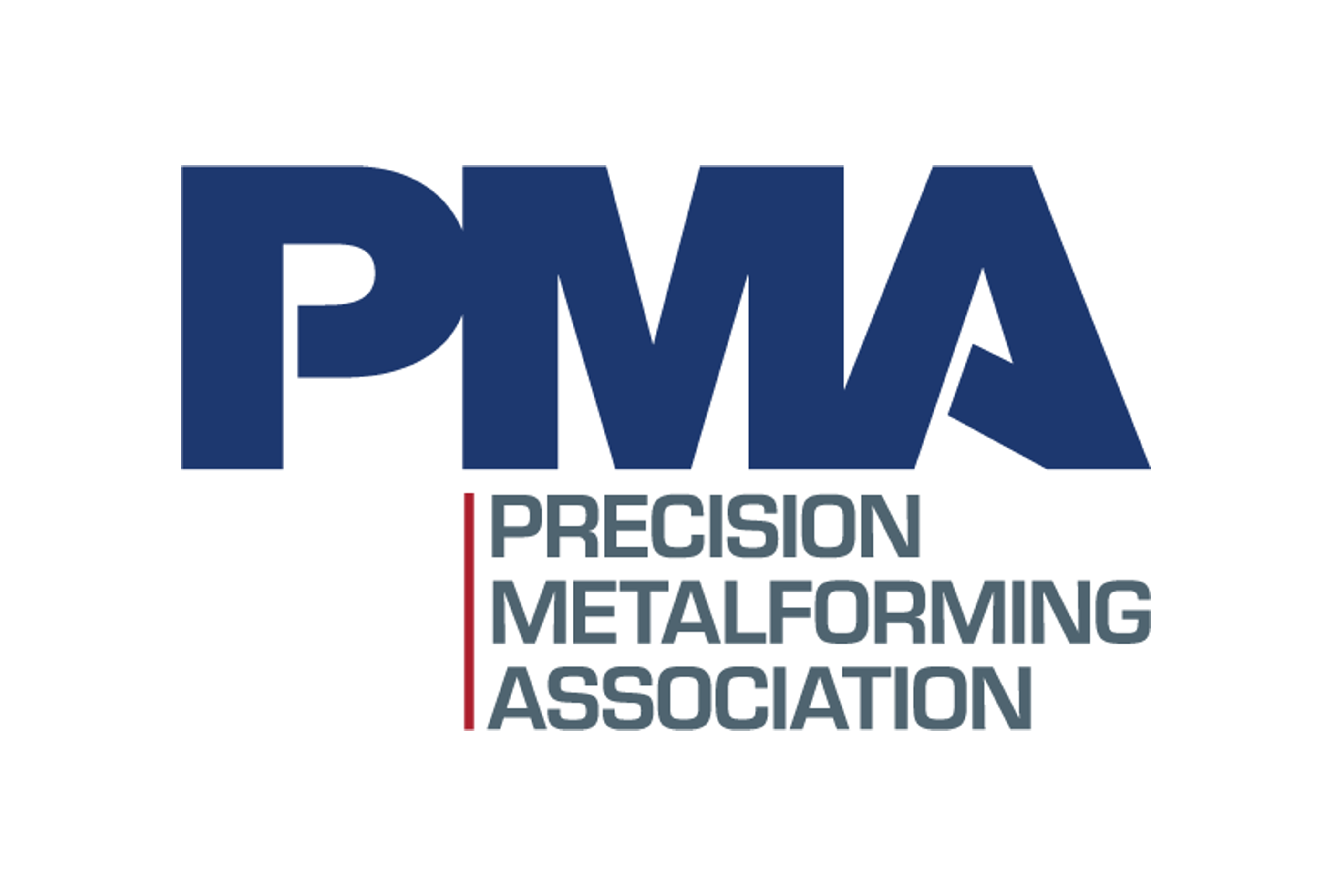Market Data
August 22, 2013
Kansas City Fed Reports Manufacturing Activity Improved in 10th District
Written by Sandy Williams
Manufacturing activity is improving in the Tenth Federal District that includes the western third of Missouri, Kansas, Colorado, Nebraska, Oklahoma, Wyoming and the northern half of New Mexico. The summary from the Federal Reserve Bank of Kansas City follows:
Tenth District manufacturing activity improved further in August, and producers’ expectations also edged higher after easing last month. Price indexes rose modestly, with a continued increase in future finished goods prices.
The month-over-month composite index was 8 in August, up from 6 in July and -5 in June. The composite index is an average of the production, new orders, employment, supplier delivery time, and raw materials inventory indexes. Production increased at both durable and non-durable goods-producing plants, particularly in plastic and metal products. Most other month-over-month indexes also improved. The production index remained solid at 21, and the new orders and order backlog indexes also rose moderately. The new orders for exports index edged higher from 2 to 4, and the employment index moved into positive territory for the first time in six months. The raw materials inventory index fell from 4 to 0, while the finished goods inventory index increased after falling last month.
Year-over-year factory indexes rebounded in August. The composite year-over-year index jumped from 2 to 11, and the production, shipments, and new orders indexes also increased. The employment index posted its highest level in seven months, and the capital expenditures index rose from 11 to 15. The new orders for exports index moved into positive territory for the first time this year, and both inventory indexes also edged up.
Most future factory indexes improved somewhat over the previous month. The future composite index inched higher from 7 to 9, and the future shipments, order backlog, and employment indexes also rose. The future new orders for exports index increased from -1 to 9, while the future production and capital expenditures indexes were basically unchanged. In contrast, the future new orders index fell for the second straight month. The raw materials inventory index jumped from -13 to 0, and the finished goods inventory index also posted positive gains.
Most price indexes increased modestly. The month-over-month finished goods price index rose from 0 to 5, and the raw materials price index also moved higher. The year-over-year raw materials price index edged up slightly, while the finished goods price index was basically unchanged. The future raw materials price index increased from 36 to 45, and the future finished goods price index rose for the second straight month, indicating more firms plan to pass recent cost increases through to customers.







